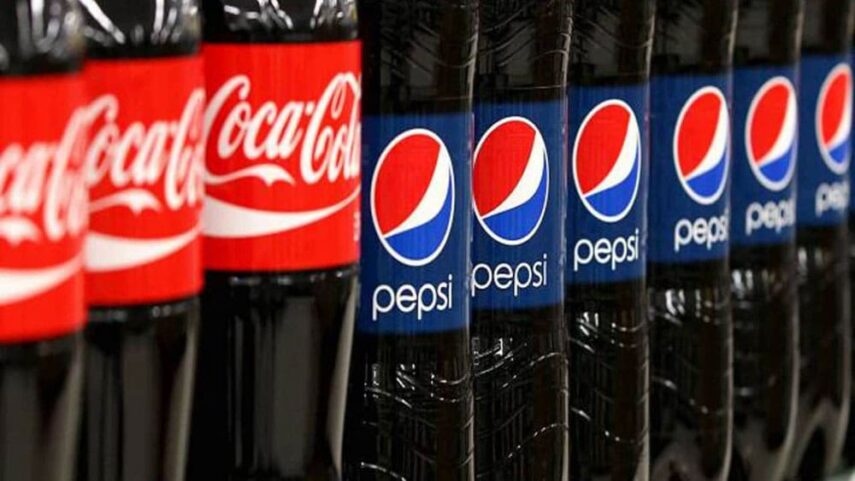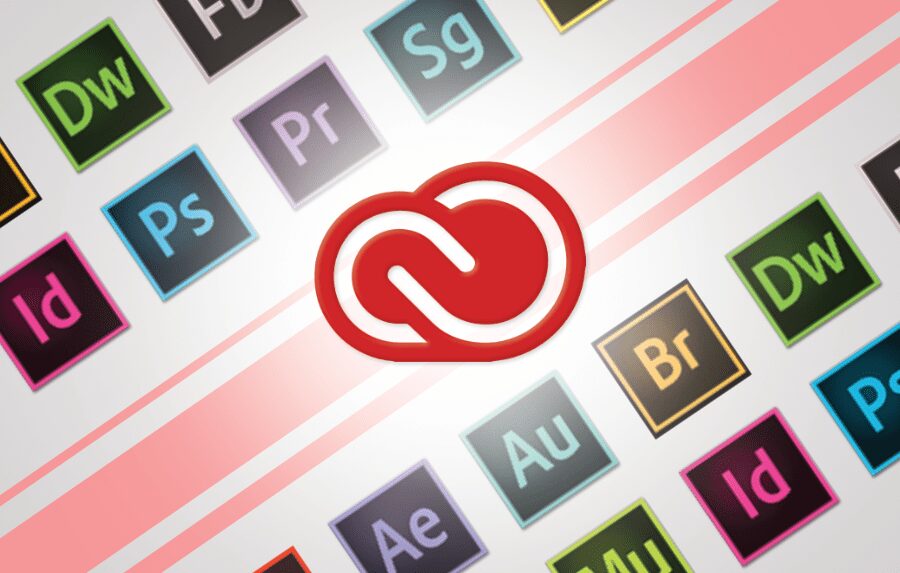No matter the shape or size of your business, pricing is one of the most consequential decisions you will ever make. Your price points decide what your margins are, which customers you are appealing to, and what marks you as different from your competitors.
Oftentimes, businesses will even offer prices that fall below profitability, since this is a better option than losing out to competitors (this has been deftly demonstrated by the super low-cost airline carriers such as Ryanair). However, low-cost is not always the right choice. While some customers prioritize savings above all else, others are specifically looking to pay more for features and brand value that is not available at the lowest price point.
Here’s how you can choose a realistic and sustainable pricing model for your business in 2024.
Competition-based pricing

This pricing model is also described as competition-based pricing, and is essential when you price your goods or services based on the “going rate”, so to speak. You might not have the desire or resources to undercut the competition entirely, so the middle ground can be a good option if you are competing in a very saturated market.
It involves closely tracking the prices of competitors and following a dynamic pricing model accordingly. One of the most famous examples of this is the price competition between the soft drinks giants Coca-Cola and PepsiCo, which monitor each other’s prices for similar products and adjust them on a near-daily basis in order to edge each other out.
The markup
The markup is the amount you add to the price of your product after taking all production and logistics into account. For example, you might crunch the numbers and realize that the total cost of producing Item X comes to $80.
Taking overheads into account, you could decide that you want to make a 25% profit on each sale of Item X. In this case, you would sell the product for $100. The markup approach only really works for smaller companies that sell physical goods. For example, the handbag retailer Telfar tends to price each of its products on this exact basis.
All-inclusive pricing

If you have a very large range of products and services and are opting for mass appeal, then an all-inclusive pricing model is likely to be a better bet. This is when you offer some products at the top end of the price spectrum, and others at the rock bottom. This approach can sometimes work for physical goods, but it works better for digital services.
For example, Adobe’s Creative Cloud Suite has a huge range of price points depending on which features or extras you wish to include. Their most basic services start at around $20 a month, going up to more than $80 for an all-inclusive package. Meanwhile, the online casino Betway offers real money online casino games such as slots and poker. At the top tier of the price point, customers can play high-stakes poker and roulette for $25 or $50 a hand. On the lower-end, users can peruse their so-called Penny Games, where slots are available to play for just one or two cents a spin.
The freemium model
The freemium model has seen rapid growth within the tech scene over the past decade in particular, especially within the software-as-a-service (SaaS) and cloud services markets. With this approach, you offer some of your more “basic” services to all users for free, with other “premium” services only being available to paying subscribers.
The freemium content is a way to advertise your product to users and show them what they could access if they were willing to make a commitment and pay. This model can be seen a lot in gaming too.
There are tons of examples of the freemium model being used to great success. The language-learning app Duolingo has an immensely popular freemium app with basic lessons, which has managed to also convert millions of users into paying monthly subscribers.
High-low

With high-low pricing, you are offering prices based on demand. You would typically offer products at a high price point when they first make it to market, only to slash the prices for the products as soon as the demand wears off. This way, you can make more money when people want a product the most, and still boost the sale prospects of those products once demand wanes.
This is the most popular approach with brands that are more vulnerable to cyclical consumer patterns, especially e-commerce fashion retailers. The likes of BooHoo, Shein, and Net-a-Porter all make extensive use of high-low pricing, with their digital discount sections still enjoying healthy sales throughout the year.
Penetration pricing

Think of this as the polar opposite of high-low pricing. With the penetration model, disruption is the name of the game. As a new entrant in a market that is already dominated by a small number of players, this is the approach to take if you want to start grabbing the attention of customers.
When you first enter the market, you will offer your goods or services at a rock-bottom price, even if this means that you are not making a profit. If things go to plan, you can use these attractive prices to lure away large numbers of customers from your competitors, and you may even force those competitors to slash their prices.
Then, once you have converted a large enough customer base and have a core of loyal users, you can begin to raise your prices in order to reach profitability. We are seeing this approach play out across the gig economy right now, with once-bargain services such as those provided by Uber, DoorDash, or meal kit companies like HelloFresh now costing significantly more than they did just a couple of years ago.
No matter the shape or size of your business, your pricing model is the direct line to your success. Think carefully about which of these approaches best fits your product or service offering.
Related Posts:
- 8 Reasons Why Your Cryptocurrency Strategy Probably…
- 13 Best Mechanical Keyboards 2024 - Durable Gaming Equipment
- Maintaining an Auto Cover Pool: Selecting a Durable…
- Tips for Developing a Business Growth Strategy
- How Outsourcing Your Financial Strategy Can Save You…
- 5 Reasons Why Your Company Needs a Cyber Security…







